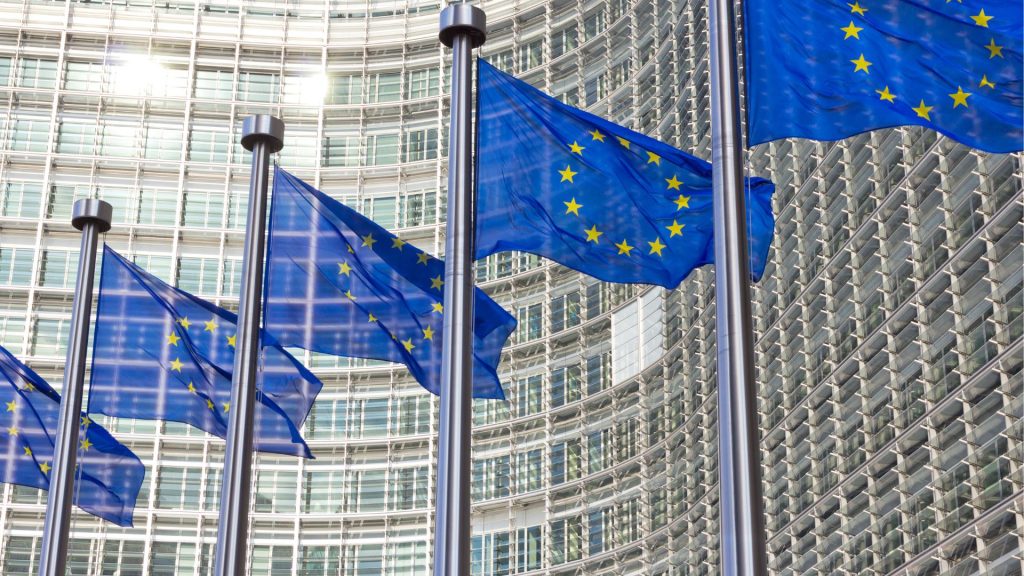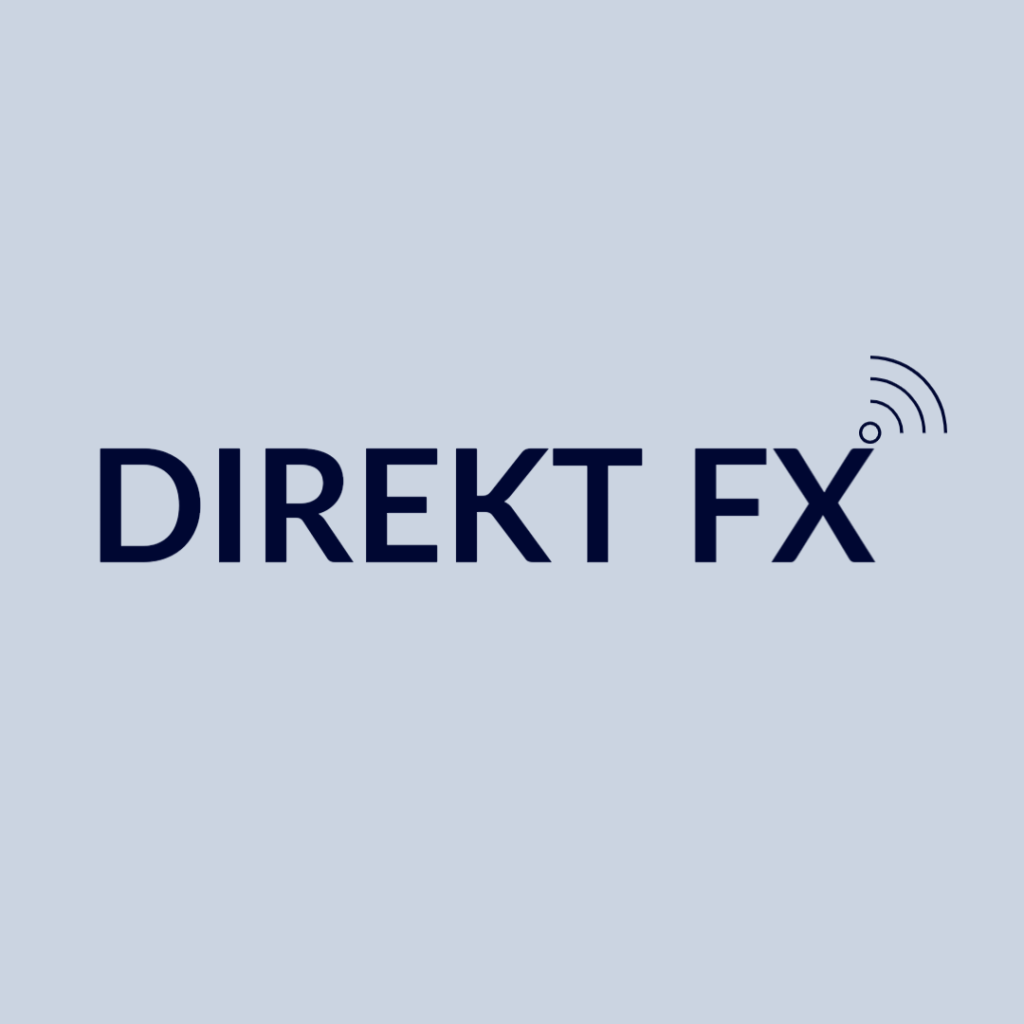
MiFID to MiFID II Changes – Impact on Financial Market in the EU
The European Union’s pursuit of establishing a unified financial landscape led to a series of transformative regulatory reforms. Among these, the Markets in Financial Instruments Directive II (MiFID II) and the Markets in Financial Instruments Regulation (MiFIR) have emerged as pivotal milestones for enhanced transparency, investor protection, and market integrity.
This article will cover changes in MiFID II and MiFIR and how they impact the EU’s financial markets.
From MiFID to MiFID II
The original MiFID, introduced in 2007, sought to harmonise the over-the-counter (OTC) markets, encompassing fixed-income assets, currencies, and alternative trading platforms. Its primary objectives were to cultivate fairness, transparency, efficiency, and integration within these domains. However, the global financial crisis that followed exposed the limitations of the existing regulatory landscape, catalysing the need for a more robust and far-reaching overhaul.
Over the decade, MiFID underwent a comprehensive revision, culminating in the introduction of MiFID II in January 2018. This updated directive expanded its scope and breadth, addressing the shortcomings unveiled by the crisis and striving to fortify the resilience of financial markets against future shocks. From trading venues and data reporting service providers to investment firms and third-country entities operating within the European Economic Area (EEA), these directives cast a wide net. They aim to fortify investor safeguards and bolster market efficiency.
The implementation and monitoring of MiFID II is covered by each EU member state’s regulatory authorities. They must incorporate their provisions into their respective financial laws. The European Commission has instituted the Markets in Financial Instruments Regulation (MiFIR). It is a bloc-wide regulation that all member states must adhere to. The European Securities and Markets Authority (ESMA) guides local regulators on the implementation of MiFID II for a harmonised approach.
Join the global network of professionals and find the ideal trading and liquidity partners now!
What Impact Do They Have on the EU Market?
Here is how the recent changes in MiFID II and MiFIR impact and bring changes to the EU market.
Consolidated Market Data for Bridging the Information Gap
One of the most notable changes introduced by the recent reforms is the establishment of EU-level consolidated tapes. This centralised data feed amalgamates trading data from various platforms. For example, stock exchanges and investment banks, which was previously scattered and difficult for investors to access.
Professional and retail investors benefit, as the enhanced accessibility to critical market data will enable them to make informed decisions.
Payment for Order Flow (PFOF) for Conflicts of Interest
Another critical amendment is the imposition of a general ban on payment for order flow (PFOF). This practice, wherein brokers receive payments for directing client orders to particular trading platforms, has raised concerns about potential conflicts of interest and market transparency.
The new rules allow member states with pre-existing PFOF practices to exempt investment firms within their jurisdiction from the ban, albeit temporarily. These firms must phase out PFOF by 30 June 2026, ensuring a transition towards more transparent market practices.
Commodity Derivatives for Enhancing Market Integrity
The reforms also address the regulation of commodity derivatives. The EU aims to provide greater transparency regarding the trading activity of commodity derivatives and derivatives of emission allowances.
This move will clarify the application of position management controls, further safeguarding market integrity and protecting investors.
Conclusion
The MiFID II and MiFIR revisions, coupled with the UK’s post-Brexit regulatory reforms, represent a pivotal juncture in the evolution of the financial markets. These changes underscore the unwavering commitment to fostering a more transparent, efficient, and resilient financial ecosystem.
To learn more about trading platforms, follow us on LinkedIn.





